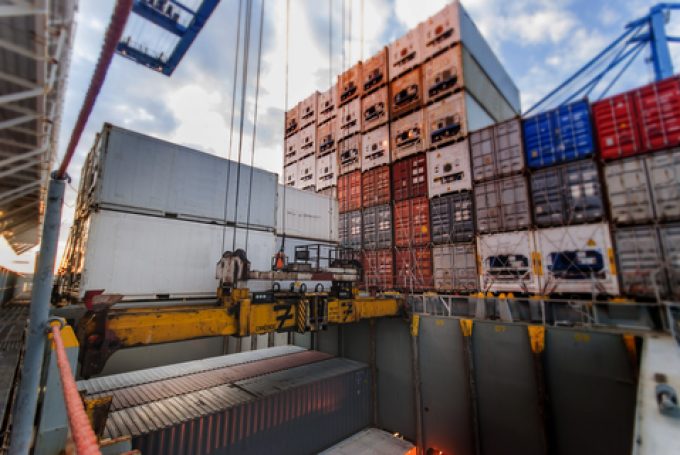EXCLUSIVE: Top DHL Global Forwarding executive in the US jumps ship
One after another…

Improved schedule reliability and port congestion is set to benefit reefer container shipping, according to DHL Global Forwarding.
In its latest reefer market update, the forwarder said there had been “real progress” with shipping schedules and congestion, compared with 2020 and 2021, which were notoriously bad ...


Comment on this article